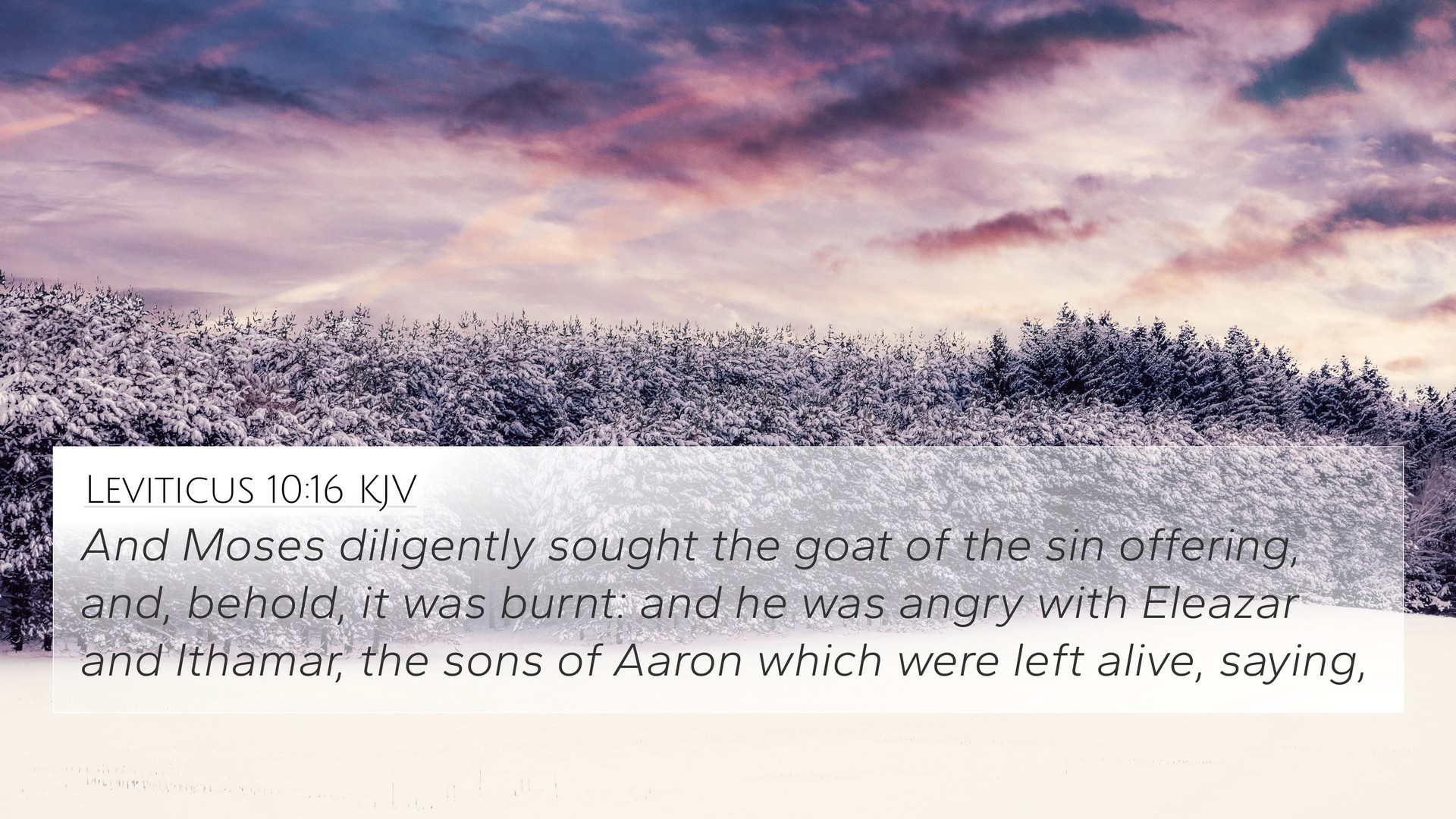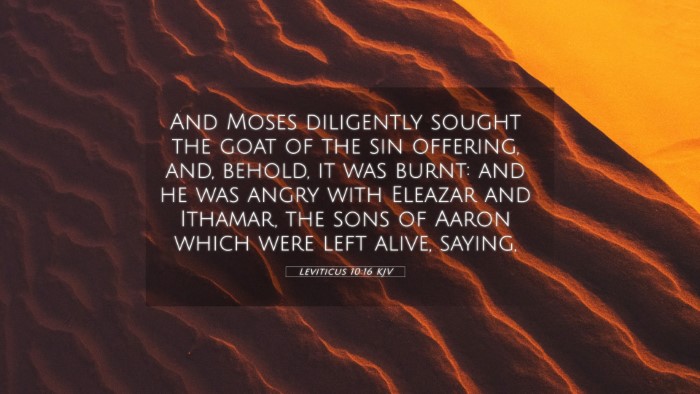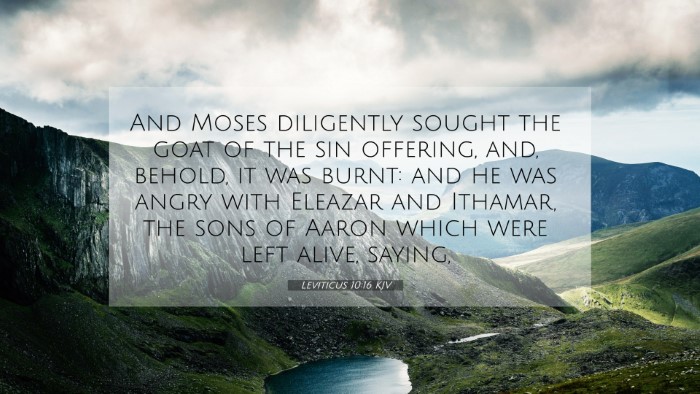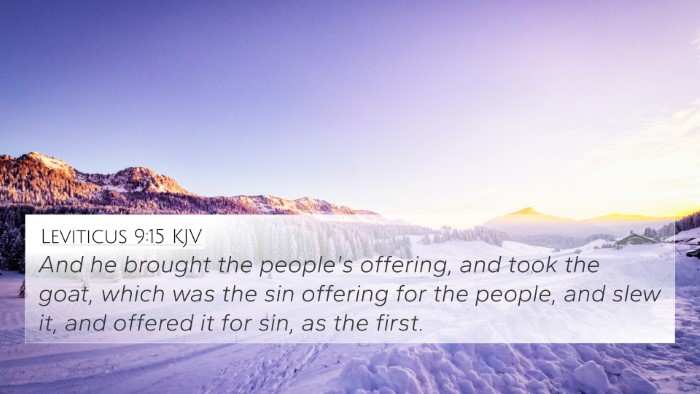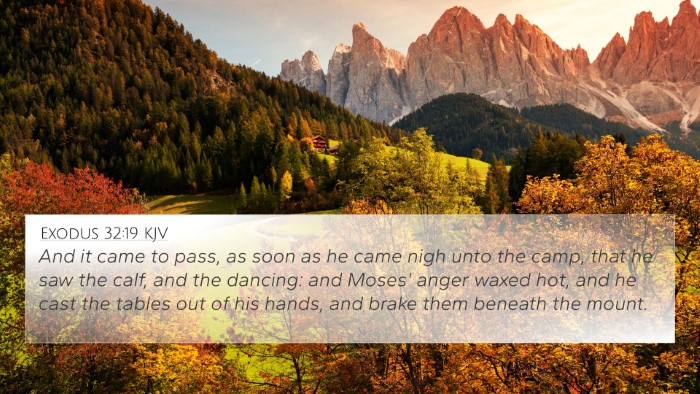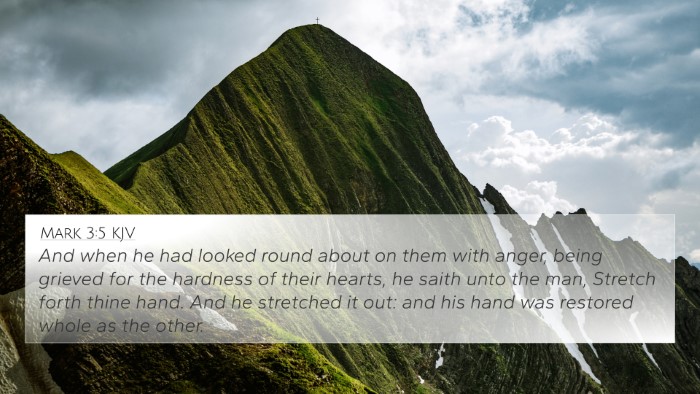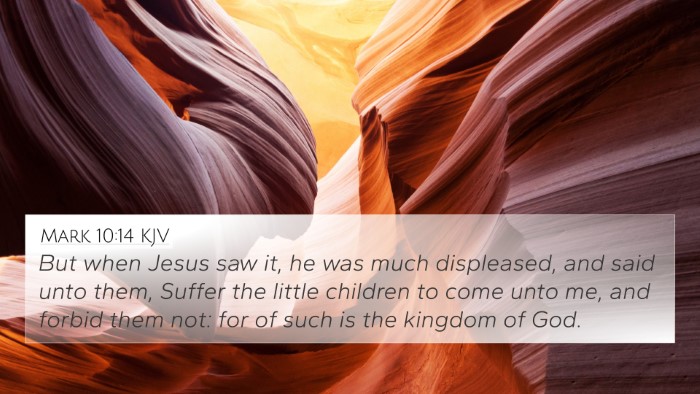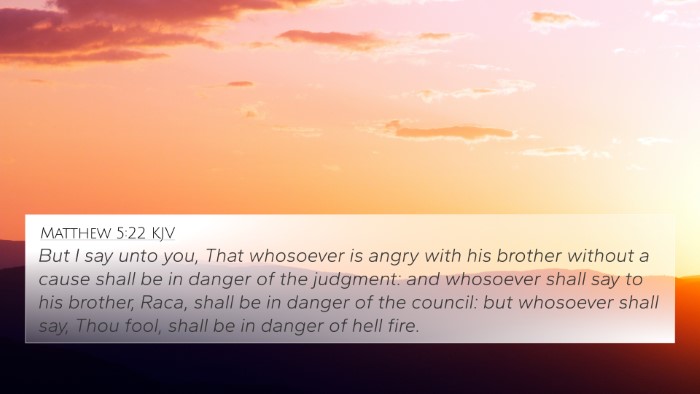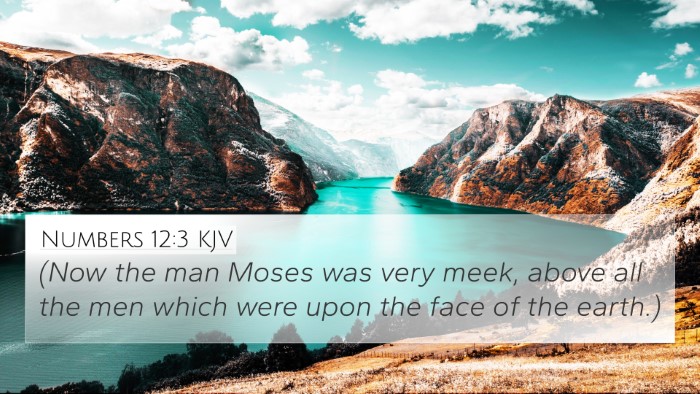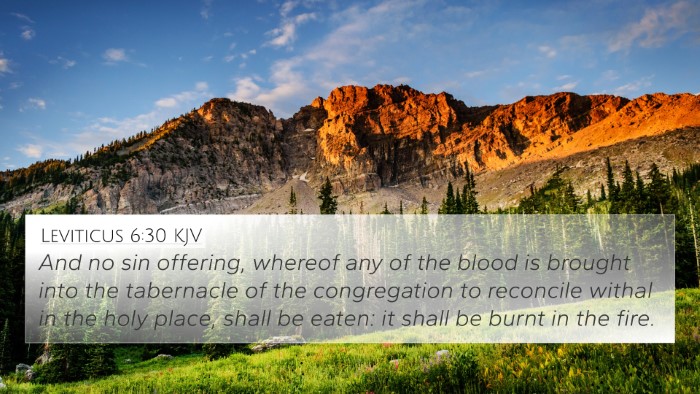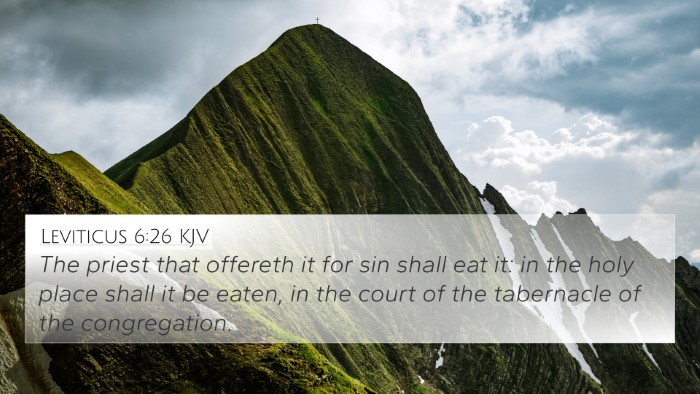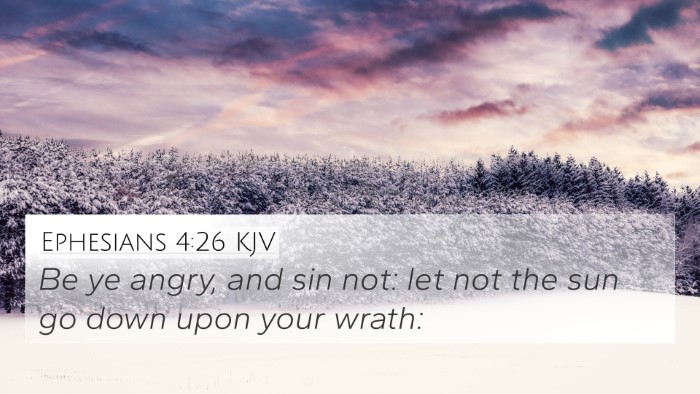Understanding Leviticus 10:16
Leviticus 10:16 states, "And Moses diligently sought the goat of the sin offering, and, behold, it was burnt: and he was angry with Eleazar and Ithamar, the sons of Aaron which were left alive, saying,"
This verse occurs in a pivotal moment following a tragic event where Aaron's sons, Nadab and Abihu, offered unauthorized fire before the Lord, which led to their immediate deaths. Moses is depicted as actively seeking the sin offering, highlighting the importance of the sacrificial system in atoning for sin.
Meaning and Insights from Commentaries
-
Matthew Henry's Commentary:
Henry emphasizes the seriousness of approaching God and the gravity of sin, especially in the context of worship. The act of Moses searching for the goat of the sin offering is a reminder that atonement must be made, and it signifies the need for proper repentance and the importance of following God's commands. Henry also highlights Moses' anger, which reflects the seriousness of the situation and the high expectations placed on the priests.
-
Albert Barnes' Notes:
Barnes points out that the inquiry for the sin offering exemplifies the role of the priest in mediating between God and the people. The burning of the sin offering without being utilized for atonement raises questions about the implications for worship. Barnes' analysis indicates that Moses’ anger likely stemmed from a failure within the priestly duties, stressing the need for fidelity in their service.
-
Adam Clarke's Commentary:
Clarke remarks on Moses' dissatisfaction, paralleling it to the expectations placed not only on the priests but on the people as they approach God. He discusses the symbolic value of the sin offering being burnt, indicating a complete consumption and thus a form of total dedication to God. Clarke also references the need to address one's sinfulness in the light of divine judgment.
Cross-References to Leviticus 10:16
To fully grasp the implications of Leviticus 10:16, we can examine several related verses:
- Leviticus 16:21-22: Discusses the scapegoat during the Day of Atonement, emphasizing the ritual of sin atonement.
- Numbers 3:4: Highlights the importance of the priestly lineage and duties concerning offerings.
- Exodus 30:10: Refers to the atonement made by the priests, underpinning the sacrificial system's role.
- Hebrews 9:22: Explains, “Without the shedding of blood, there is no forgiveness,” bringing the Old Testament sacrificial system into the New Testament context.
- 1 Peter 2:9: Refers to all believers as a royal priesthood, indicating that the principles of sacrifice transcend the Levitical priesthood.
- Romans 12:1: Calls believers to present themselves as living sacrifices, drawing a thematic parallel to the sacrificial system.
- Hebrews 10:1: Contrasts the old system of sacrifices with Christ’s ultimate sacrifice, demonstrating the fulfillment of the law.
Thematic Connections
Leviticus 10:16, and its associated verses, unveils several key themes:
- The Holiness of God: The strict regulations surrounding offerings emphasize the need to approach God with reverence.
- Sin and Atonement: The verse serves as a reminder of humanity's need for atonement and the systematic approach God has instituted.
- Priestly Responsibilities: Emphasizes the critical nature of the priests' roles and the need for faithfulness in worship practices.
Conclusion
In conclusion, Leviticus 10:16 serves as a sobering reminder of the seriousness of sin and the necessity for proper worship in accordance with God’s commands. By linking this verse with others, one can understand the broader narrative of atonement and the faithful pursuit of holiness. As one engages in Bible verse cross-referencing, they unlock deeper insights into the faith and its implications in both the Old and New Testaments.
